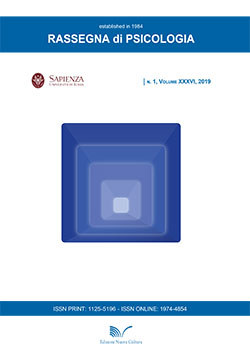Word Of Mouth (WOM) in 2.0 era. When rumors become urban legends
DOI:
https://doi.org/10.13133/1974-4854/16703Keywords:
rumors, urban legends, narrative functions, content analysis.Abstract
New forms of communication via web 2.0, and Social Networks particularly, have acted as powerful means of amplifying a phenomenon with ancient origins and which has stimulated the interest of communication and society scholars since the beginning of the last century: urban legends. Stories exemplary, unverified, believed to be true, showing an extraordinary ability to spread and survive dozens of years in deeply different social realities. This research aims to highlight, beyond the apparent fleetingness of the phenomenon, stable elements of structure and content, functional invariants of the narration, detectable through the presence and the succession of narrative functions, hypothesizing a continuity with other kinds of popular narration, such as the fairy tale and myth, and differences with similar phenomena, such as rumors. A content analysis was conducted on 165 texts of stories reported in different repertoires and web sites. Multiple correspondence analysis and cluster analysis led to identify four factors and four clusters that underline typical aspects of this kind of stories, highlighting specific structural characteristics and content of the same, in line with the theoretical indications coming from the studies conducted so far in this field.Downloads
Published
2019-04-11
Issue
Section
Articles
License
Copyright (c) 2019 Renata Metastasio

This work is licensed under a Creative Commons Attribution 4.0 International License.

